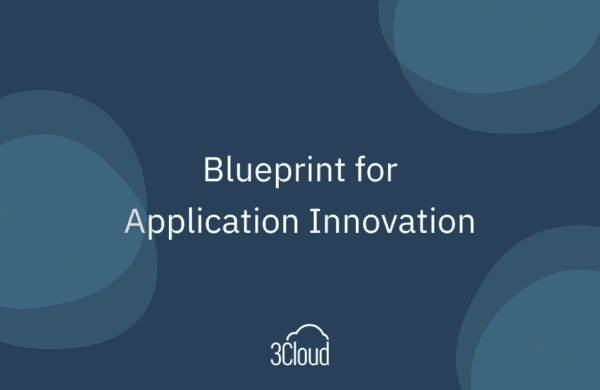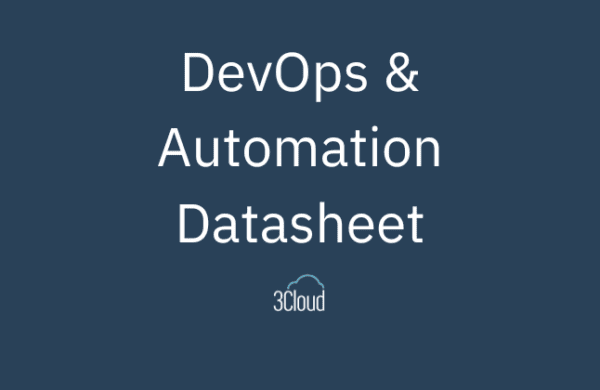If you’re just starting out with Azure Logic Apps and Azure Functions, the difference between these two can be a slightly confusing. In this brief post, I’d like to point out the difference between them and where each fit in the ecosystem.
In the simplest terms, think about an Azure Logic App (among other things) would call an Azure Function. An Azure Logic App is a good way of orchestrating a sequence of tasks or activities. So, within a Logic App, you can orchestrate doing one thing before another thing calls and that triggers another thing being executed.
If you have any custom code or business logic, maybe written in .net, that’s where an Azure Function typically comes into play. You’d write your code in an Azure Function and deploy that, then call your function with a Logic App.
Again, if you’re just learning or starting out with these, I’d recommend starting by understanding more about how Logic Apps work at a high level and what they can do. From there, I think you’ll find that you can extend what Logic Apps can do if you have some custom code in an Azure Function.
I hope you found this quick point helpful in understanding the distinction between these. Basically, Logic Apps and Azure Functions are related in the way that they integrate with each other but are there for different reasons.
Need further help? Our expert team and solution offerings can help your business with any Azure product or service, including Managed Services offerings. Contact us at 888-8AZURE or [email protected].




